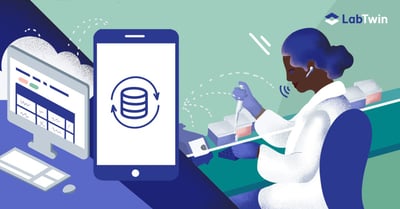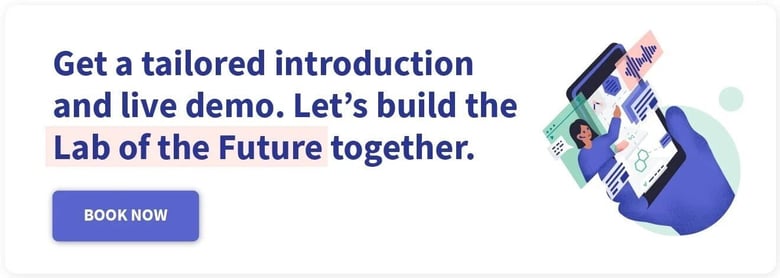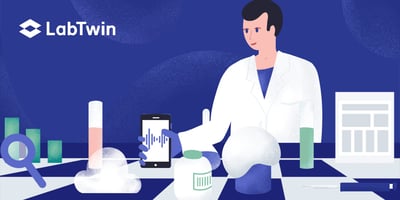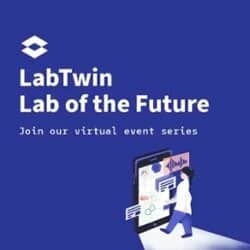Working with multiple different labs or groups often means using different computer platforms. This can make working together difficult because data can be entered in very different ways. For example, a date may be formatted day/month/year in one system and month/day/year in another, or the systems may be use different non-compatible programming languages. Labs can overcome these problems with open application programming interfaces (APIs).
What is an open API?
An API is a software interface that allows two different computer programs to communicate with each other. It is primarily intended for software developers wanting to integrate different software. An open (or external) API allows 3rd-party software engineers access to the business logic of a tool or service so they can safely interact with it. For example, if two different labs are using two different laboratory information management systems (LIMS) or electronic laboratory notebooks (ELNs), an open API might be able to combine the two for data integration. Some APIs are only made available on an as-needed basis to existing customers, for example by use of an API-token to authenticate. Others are open to all users of a service.
What are the benefits of an open API?
There are several advantages to using an open API system in pharma research. For example, an open API can enable distinct collaborative organizations and researchers to combine work in one central place. Papers, research data, resource availabilities, and any other information can be shared without worrying about software incompatibility. An open API system can assist with the implementation of FAIR (findable, accessible, interoperable, and reusable) data in the lab, since the open API system will allow data integration from two or more different systems as needed, adapting to a data architecture of choice.
Much needed research based on open API systems was accelerated because of the COVID pandemic, when many scientists could not work together in person. Labs needed data in similar formats so team members and collaborators could work collectively. Most pharmaceutical organizations wanted to develop treatments and vaccines as quickly as possible, and a computer-based open API system was the fundamental building block to enable these much-needed integrations.
Even though APIs play an important role in allowing connectivity between a multitude of different tools and services, they cannot create integrations by themselves. An actual integration needs planning, development, and testing before users and organizations can benefit from it. With open APIs, that process is generally vastly more efficient and safer than bespoke connectivity solutions used in legacy software.
With the power to integrate more and more systems into a well-orchestrated workflow comes the challenge of deciding which systems to include. Systems involved in data collection during experiments are some of the most important systems to connect. Not only because digitalization of the data capture process reduces errors and can provide compliance benefits, but also, because deep integration with other tools can increase efficiency and safety.
Integrate LabTwin with its open API
LabTwin’s voice-operated AI can help you leverage and expand existing open API systems by collecting your data and notes from various settings, without needing a standard computer. With LabTwin, you can access, in real-time, data safety sheets corresponding to reagents used at the bench to ensure that best practices are followed. Or enquire about the location of reagents to save time and prevent unnecessary movement around the lab, which is a risk for contamination.
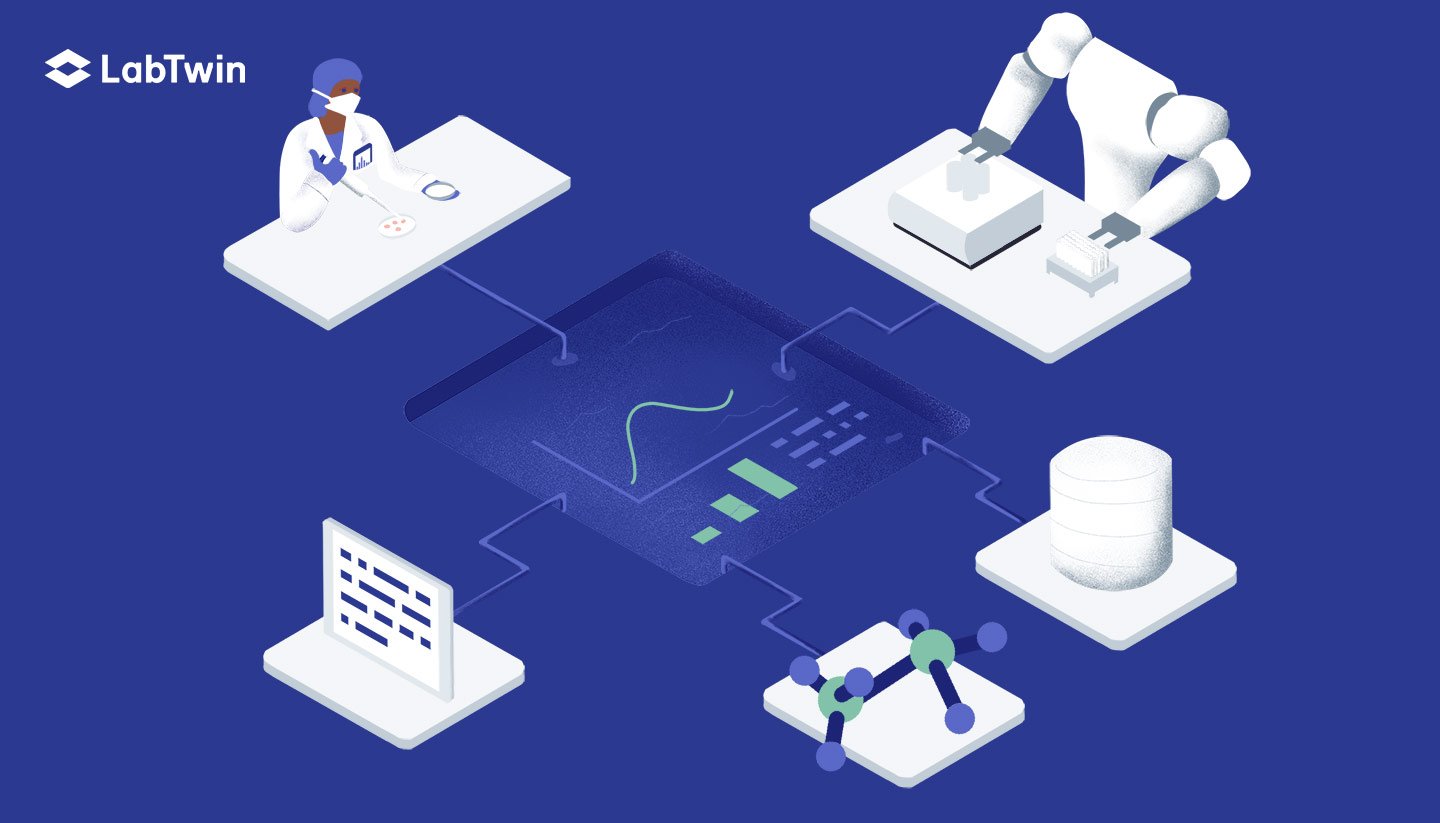
LabTwin enables users to leverage the data and functionality available via APIs. Since LabTwin is cloud-based and voice-operated, data accessibility is easy, enabling more advanced and wide-spanning use cases in any lab environment. From the moment of capture, data are instantly available, allowing for smooth and efficient workflows. LabTwin also publishes an open API interface, so data can be ingested and used in a huge variety of systems and applications within organizations. Most conveniently, real-time data can be recorded anywhere users can access their phones. Moreover, LabTwin provides data in a FAIR-compatible format.
Through open APIs, LabTwin has been able to integrate with multiple ELN-LIMS solutions used by different client organizations, as we make all LabTwin functionalities available through our API and encourage other companies to integrate with us and provide seamless data exchange.
Reach out to us to discuss how we can integrate with your lab informatics.
and learn more about LabTwin with a tailored introduction and live demo. Let’s build the Lab of the Future together. Book now.


